The following article is about discipline Movement science. After a brief definition of the subject, possible fields of treatment are discussed. At the end, diagnostic methods of the discipline are presented as examples.
What is exercise science?

Movement science studies the movements of people and other living organisms with the help of scientific methods. All mechanisms that play a role in learning and performing a movement are examined. Movements are complex processes in the organism that encompass many structures. Therefore, movement science is an interdisciplinary subject.
Many sub-areas jointly contribute to the scientific progress of movement science. The various sub-areas can be divided into energy processing and information processing subject areas. Energy-processing fields include functional anatomy and biomechanics. These disciplines investigate relationships and mechanisms in the human body, such as the interaction between muscles, ligaments and tendons.
The information processing specialist areas include psychomotor and sport sociology. These disciplines investigate how signals in the human body are processed and passed on through sensory organs, nerve cells and the brain. The various sub-areas of movement science perform important basic research, the findings of which are in turn used in other disciplines or in rehabilitation, in the treatment of diseases.
Influence on treatment methods
Exercise science can help explain the causes of illness and injury. Only then can effective therapies or preventive measures for the prevention of diseases be developed. Anatomy and biomechanics investigate the behavior of muscles, ligaments, tendons and other body tissues. First of all, it has to be examined how healthy tissue behaves under load and which forces act on individual body structures.
The comparison with already diseased tissue can provide important information on how and why the individual structures behave differently in the case of diseases or how injuries have occurred. In this context, complaints of all joints (knee or shoulder problems), muscle complaints (torn muscle fibers, strains) and also ligament diseases (tendinitis) can be part of research in movement science.
Infarcts, degenerative diseases (dementia) or strokes can make it difficult or impossible for a person to perform targeted movements. Exercise science can use studies on healthy people to understand how an action comes from the intention to the execution. In the case of sick people, it can now be determined at which point in the motor program problems arise.
Occupational therapy makes use of the knowledge of movement science to develop effective treatment concepts for each patient. Through targeted training, deficits in the movement sequence can be eliminated or compensated. With coma patients, it is important to move the patient's body regularly so that the motor programs are maintained. After a stroke, treadmill therapy can help relieve motor complaints.
In addition, movement science researches diseases that can have an impact on human movements due to a disturbance in signal transmission in the body. These include Parkinson's and multiple sclerosis. Parkinson's disease is caused by a disorder in dopamine production. This leads to a lack of signal transmission and the sick person shows greatly slowed movements. Other diseases that exercise science can study are paraplegia or Huntington's disease.
The focus here is on the development of implants and prostheses. Damaged tissue should be replaced or imitated by technical aids in order to enable the sick person to move again. The restoration of injured tissue can also be the goal of therapy.
Investigation methods
In movement science, diagnostic and examination procedures are used to determine the current status of a person, for example with regard to performance or functionality. Measures for treating or advising the person concerned can be derived from this. Since movement science is an interdisciplinary branch of research with many sub-areas, there are many different approaches in diagnostics.
Possible diagnostic and examination methods include questioning people in interviews or questionnaires, physical examinations, observation of movement, video analysis or the sports motor test. Movement observation is a qualitative diagnostic method. Here, the movements of a person (e.g. those of an athlete during training) are carefully examined by a trained observer (usually the trainer). From the observation, conclusions can be drawn about the quality of the movement execution and the level of technical skills.
This knowledge can then be used to specifically train those movements that still have deficits. Even when learning a movement or a sport, movement observation can be helpful so that movements are carried out correctly from the beginning and incorrect movements are not learned. A person's gait can be examined on a treadmill with a fixed video camera. This is how the stability of the joint is determined after knee injuries.
In the sport motor test, people should perform specified movements under standardized conditions. From this, conclusions can be drawn about the abilities and skills of the person. The respective sports motor test must be tailored to the person being tested when it is used (e.g. with regard to age and gender). In addition, the test should be as identical as possible to the movement about which a statement is to be made later. A complex movement cannot be exactly mapped by the individual test of a greatly simplified movement. A simple reaction test is an example of a simple individual sport motor test that examines only slightly complex movements.
In movement science diagnostics, procedures are often used that examine forces and loads in different phases of movement. For a ski jumper it can be determined at which point of the jump the most force is exerted. The test results can then be compared with the calculated ideal values in order to improve the jumping behavior during training.

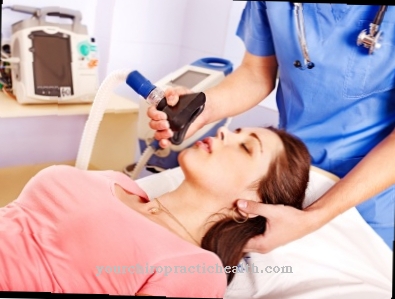

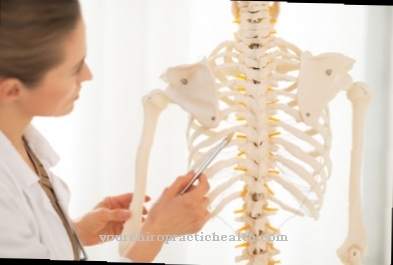
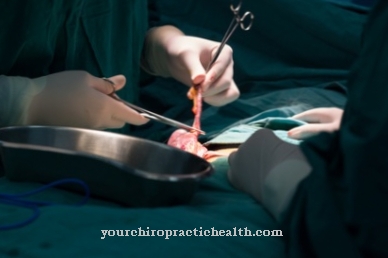

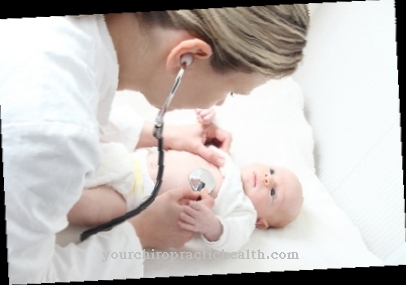




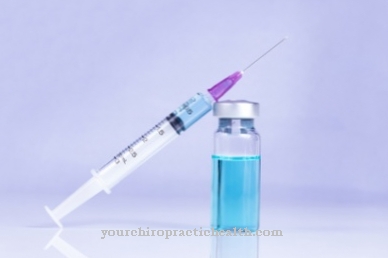





.jpg)







.jpg)


